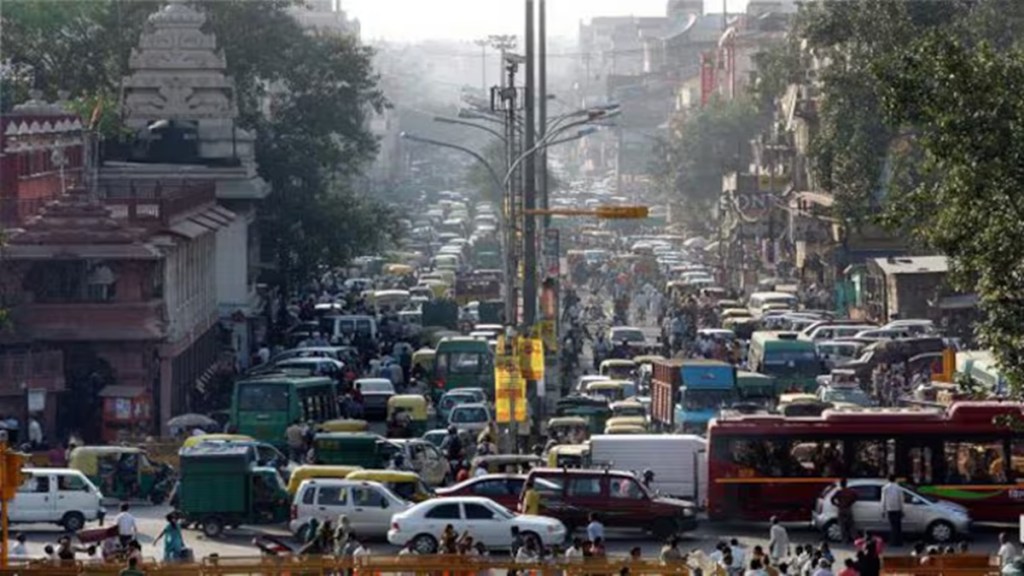One of the ideas behind moving the headquarters of the Insurance Regulatory and Development Authority of India to Hyderabad way back in 2001, was to decongest Delhi and Mumbai, the two places where almost all regulatory bodies, tribunals, etc., are located. It was felt that such a move would lead to an even development of other cities and towns. Twenty-three years later, the plan has remained good only on paper, just like most ideas governments have. What else explains the state of the country’s top cities where real estate prices and pollution levels go up almost in tandem? As reported by this newspaper, residential prices in Delhi-National Capital Region have gone up by a whopping 57% since 2019 even though the air quality of the city ranges between poor and severe. No wonder, the Supreme Court gets busy every year issuing directions to the government and other agencies on what measures should be taken to see that the situation does not go from bad to worse. Other cities like Mumbai, Hyderabad, or Ahmedabad are also not far behind. In fact, not one of the top 10 cities, where the residential prices have been rising the most, fare well on the air quality index.
It’s an undisputed fact that very little attention has been given to make urban India more livable. According to the now-outdated 2011 census, 65 million people live in slums — Mumbai alone is home to 5 million of them and where 52.5% of the city’s population lives, crammed into just 9% of its geographical area. The strain on public infrastructure and services is getting worse with every passing year. While citizen apathy is certainly a reason, they cannot be solely blamed. After all, citizens move to those cities and towns which provide employment opportunities. With regional imbalance being the hallmark of India’s development story, it’s natural that some cities have to bear the brunt of large population as a result of immigration over the years.
Government, town planners, and industry are the biggest culprits in this game where passing the buck has become a routine affair. Real estate developers care little to follow the laid out norms for covering up the area while undertaking construction activities so that dust levels are contained. Industrial houses care little to check emission of environmentally hazardous waste, and civic authorities are quite lax in enforcing what should be their routine job. Zerodha co-founder Nithin Kamath recently proposed linking property prices to air and water quality in cities. This means if these indicators are bad, the property should be sold at a discount. The suggestion is catchy but implementing the same may be nearly impossible. People will flock to places which emerge as business centres providing employment. Naturally these people will look for buying property and rates will go up as there’s no endless supply of land.
The cycle of poor management from which India’s cities can’t seem to extricate themselves is the biggest hindrance to their makeover. India urgently needs to implement comprehensive city plans with a focus on sustainable development, mixed-use zoning, and pedestrian-friendly design. Strengthening municipal corporations to effectively manage urban services and infrastructure development, and prioritising development of efficient public transportation systems like metro rails and bus rapid transit are the other deliverables. Eternal vigilance is the only solution. That’s what all the stakeholders should be ready to do for well-planned and environmentally sound cities.

